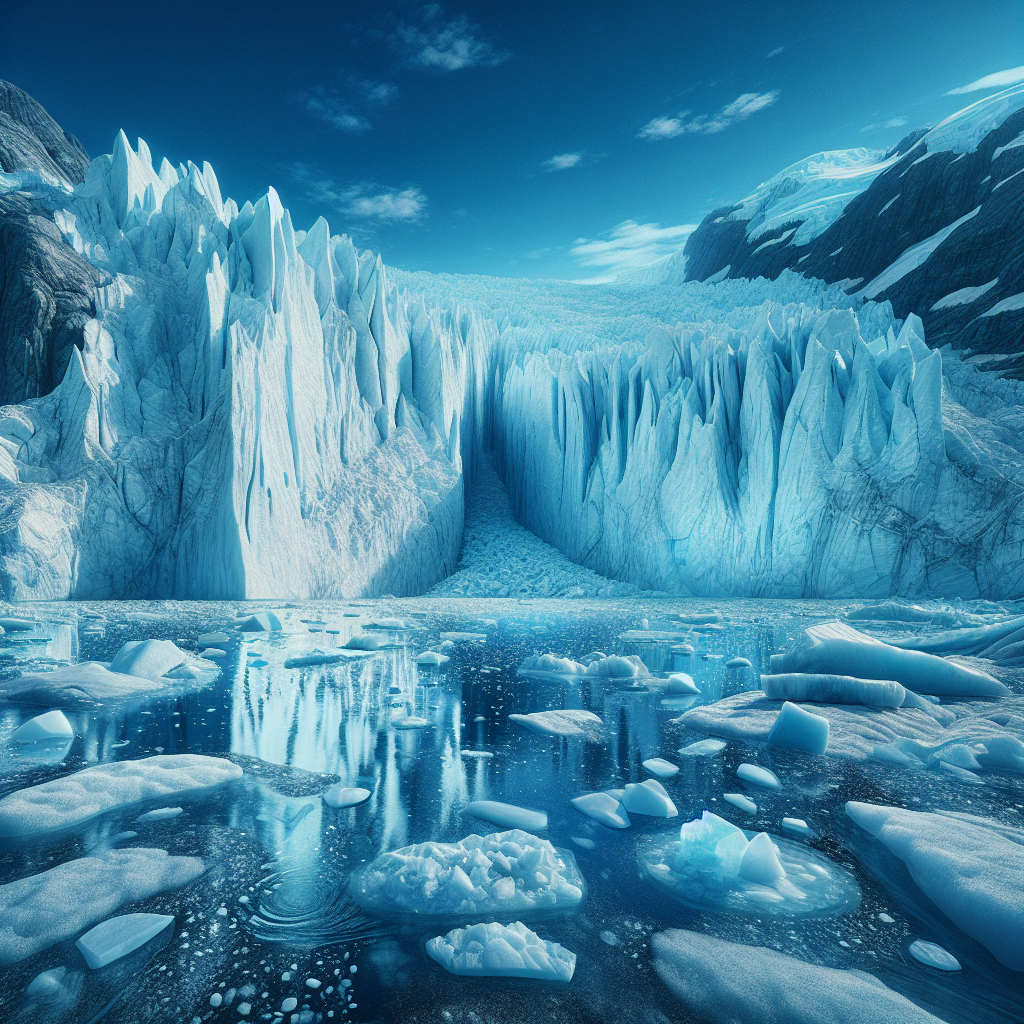September 5, 2024
A Closer Look at the Risks and Future of Glacial Tourism Amid Climate Change
Book a Demo
A tragic incident in Iceland recently underlined the dangers of so-called “last chance tourism”, where travelers venture to rapidly disappearing glacial landscapes before they are lost to climate change. An American tourist was killed, and his girlfriend injured, during an ice cave collapse at the Breidamerkurjokull glacier. This unfortunate event has led to a temporary halt in ice cave tours and sparked a discussion about the risks associated with glacial tourism.
The rapid acceleration of climate change is driving a boom in tourism in places like Iceland, as tourists flock to witness the melting ice caps firsthand. Hordes of tourists visiting these vulnerable landscapes, however, can lead to issues such as heightened glacier recession and increased meltwater. This in turn creates unstable formations that are more prone to collapse, and raises the potential for dangerous rockfalls or landslides.
Despite the challenges posed by rising temperatures and increased foot traffic, tour operators are striving to keep glacier tourism viable. Strategies currently being implemented include increased maintenance on access infrastructure and the use of insulation blankets to slow down melting near ice caves.
However, experts warn that this burgeoning interest in glacial tourism may have a limited lifespan. Predictions suggest that due to the impact of climate change on glaciers, this form of tourism could potentially expire within the next 30 to 50 years.
The recent ice cave collapse in Iceland not only highlights the potential dangers associated with climate change’s impact on glacier tourism, but also raises concerns about the need for additional safety measures. There is a growing call for the implementation of early warning systems for glacial collapses to ensure the safety of visitors.
“Last chance tourism” is seeing more people travel to the world’s coldest regions, such as Iceland, despite the increasing risks. Unpredictable weather and extreme meltwater runoff are just some of the hazards faced by tourists who choose to witness the effects of climate change up close.
Despite the inherent risks and the accelerated deterioration of these fragile sites due to climate change, the interest in extreme tourism remains high. As we continue to grapple with the realities of our changing climate, it’s clear that the balance between experiencing these awe-inspiring landscapes and preserving them for future generations will pose ongoing challenges.
Science4Data is committed to cut through greenwashing and measure real impact. Join the journey to a sustainable future. Your actions matter.



